It's week two of re:Invent and that includes the first ever dedicated keynote for Machine Learning. Here are the features that I found interesting.
Aurora ML
This feature aims to bring ML to SQL without you needing to learn ML. Running your query Amazon Aurora provides the integration to AWS ML services.
Aurora exposes ML models as SQL functions, allowing you to use standard SQL to build applications that call ML models, pass data to them, and return predictions as query results. The models can include ones you trained in SageMaker, Comprehend or models offered by AWS partners.
https://aws.amazon.com/rds/aurora/machine-learning/
Lookout For Metrics
Amazon Lookout for Metrics uses machine learning to automatically detect and diagnose anomalies in business and operational time series data.
You can connect up data stores like S3, RDS, Redshift and SaaS applications and monitor metrics that are important to your business.
Amazon Lookout simplifies the process by automatically inspecting and preparing the data and building a custom ML model. It's powered by experience built up of doing this within Amazon.
Sign up for the preview here https://aws.amazon.com/lookout-for-metrics/
Neptune ML
Amazon Neptune is a fully managed graph database service that is designed to work with highly connected datasets. The new ML feature looks to bring predictions on graphs.
For large graphs with billions of relationships, it’s hard to discover insights using queries based only on human intuition. For this reason, you can use ML on graphs to automatically reveal new insights and make predictions.
Using graph neural networks (GNNs), a machine learning (ML) technique purpose-built for graphs you can improve the accuracy of most predictions for graphs by over 50%.
Neptune ML uses the Deep Graph Library (DGL), an open-source library to which AWS contributes that makes it easy to develop and apply GNN models on graph data.
Read the AWS Database blog on the announcement here https://aws.amazon.com/blogs/database/announcing-amazon-neptune-ml-easy-fast-and-accurate-predictions-on-graphs/
There is also a getting started guide here https://aws.amazon.com/blogs/database/how-to-get-started-with-neptune-ml/
Redshift ML
Like Aurora ML this feature aims to bring ML to Redshift using SQL.
The CREATE MODEL SQL command is used in Redshift to specify your training data. Redshift ML will then compile and import the trained model inside the Redshift data warehouse and prepare a SQL function for use in SQL queries.
See the product page for more details and to get started https://aws.amazon.com/redshift/features/redshiftML/
HealthLake
HealthLake aims to take medical data and provide tools and machine learning to make it available for analytics in a way that is 'HIPAA-eligible' and that supports Fast Healthcare Interoperability Resources (FHIR) industry standard format.
Using NLP and Comprehend Medical processing the data is made available for search and query using QuickSight, SageMaker and third party applications.
Sign up for the preview here https://aws.amazon.com/healthlake/
Watch the two minute into video.

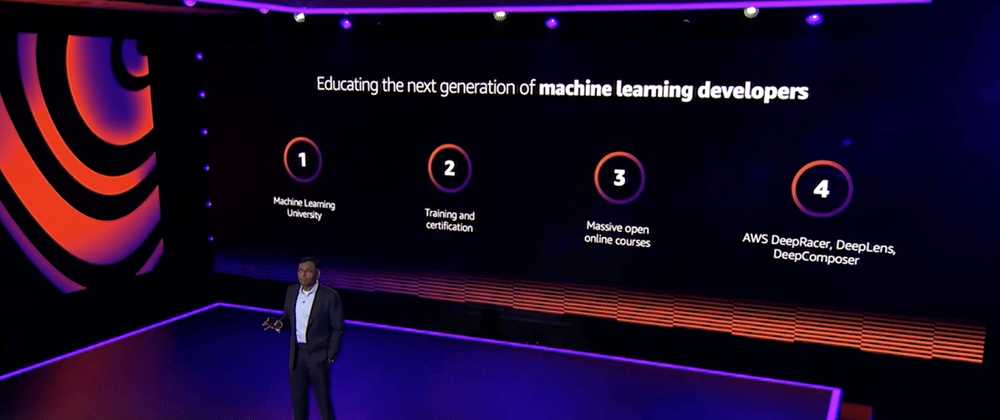
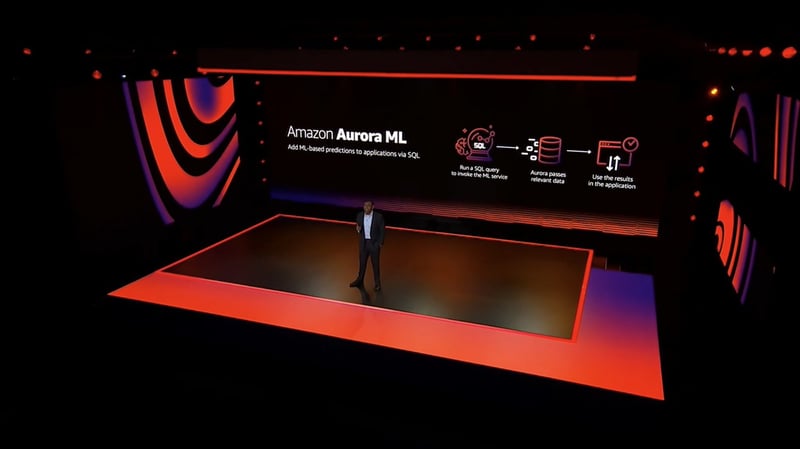
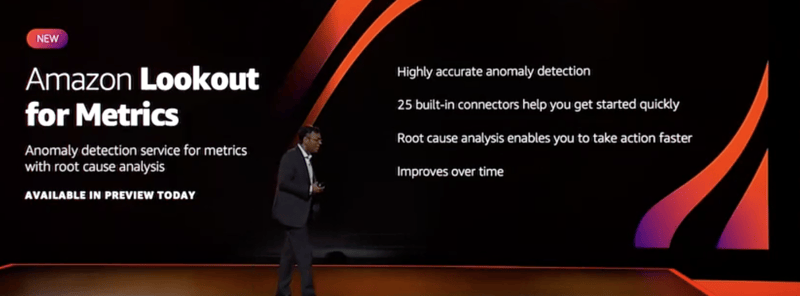
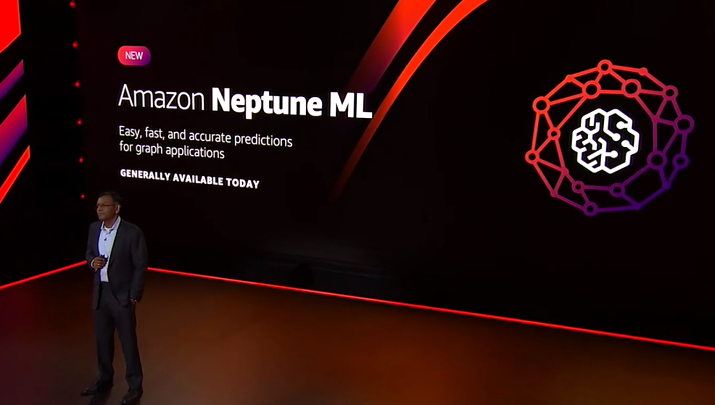
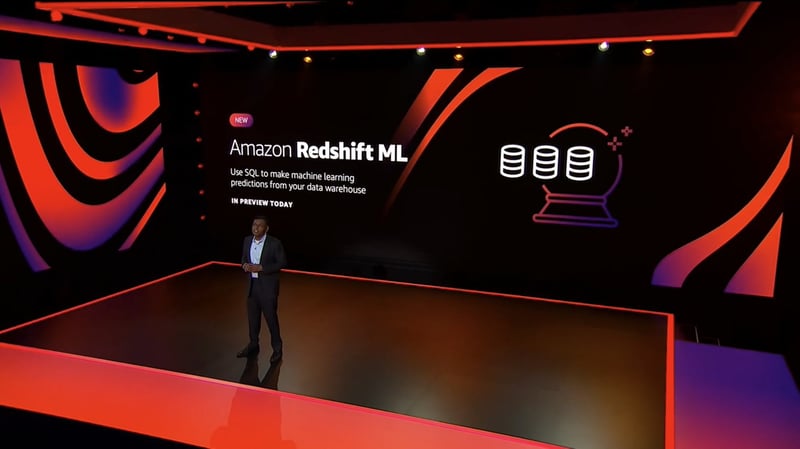
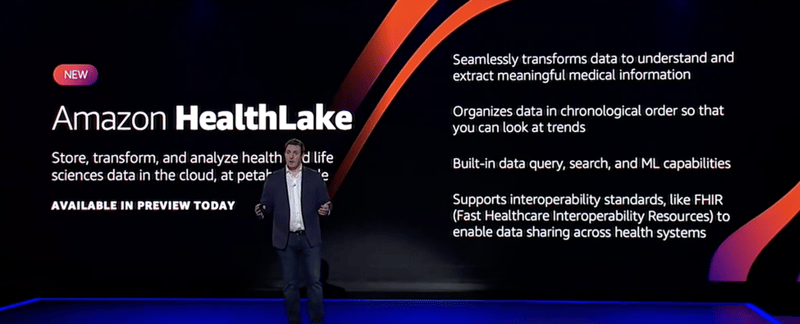





Latest comments (0)